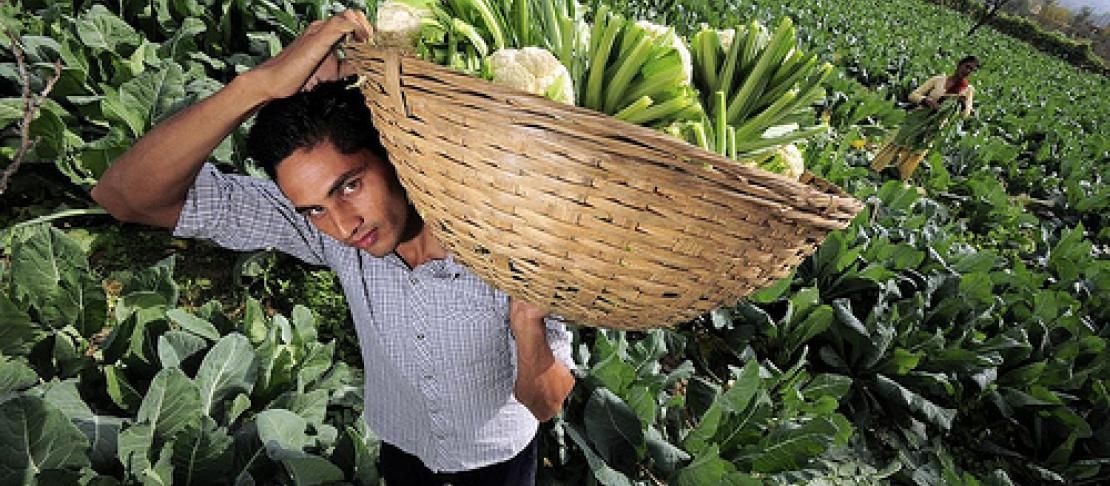Teaching agrobiodiversity: a comprehensive guide

By Lisen Stenberg
Agrobiodiversity can be described as the result of the interaction between the environment, genetic resources and human activities. It covers the variety of animals, plants and micro-organisms that are found in the agricultural ecosystem, as well as the different farming techniques used by farmers. Local knowledge and culture are vital parts of agrobiodiversity, because it is the human activity of agriculture that shapes and conserves this biodiversity. So why is this important for fighting climate change?
By employing the perspective of agrobioversity and recognizing that farming processes and conditions are different in every country or region, there are possibilities to work for solutions to problems such as overuse of natural resources and agricultural intensification, as well as the negative effects of climate change. The rate of loss of genetic resources is likely to rise as the world gets warmer, because of the expected rise in numbers of drought stress and floodings, as well as the evolution of new pests and diseases. Agrobiodiversity, as opposed to non-diverse production methods, has potential to secure food and livelihoods security, while also building climate resilience in agriculture, for example by breeding crops to resist climate-induced droughts.
How, then, is it possible to move from theory to practice and implement the concept of agrobioversity on a global scale? It starts with education. Recognizing this, Bioversity International, one of the CGIAR research centers, have written a comprehensive curriculum guide on how to teach agrobioversity in higher education. The guide is the result of a series of surveys, expert consultations and dialogue with key people in both agricultural research organizations and universities, all initiated in 2009, and works as an annotated “road map” for educational organizers interested in introducing agrobioversity at both the graduate and undergraduate level.
The curriculum guide can be downloaded on Bioversity International’s website.
If you are interested in reading more, Bioversity International has just launched their new Genetic Resources Policy Blog, where they share news on a project aimed at implementing the International Treaty on Plant Genetic Resources for Food and Agriculture.
Lisen Stenberg is an intern with the CGIAR Research Program on Climate Change, Agriculture and Food Security (CCAFS).